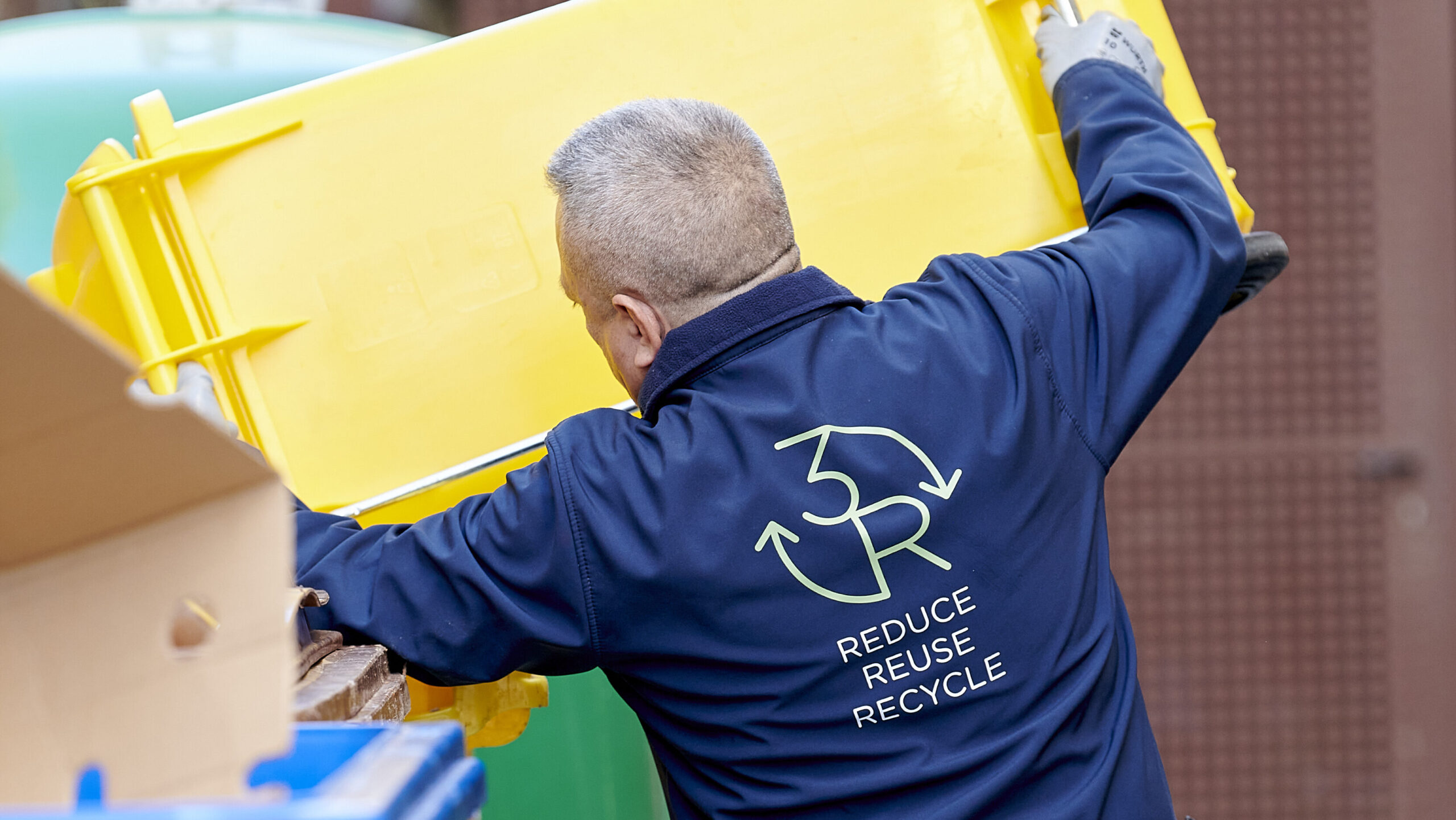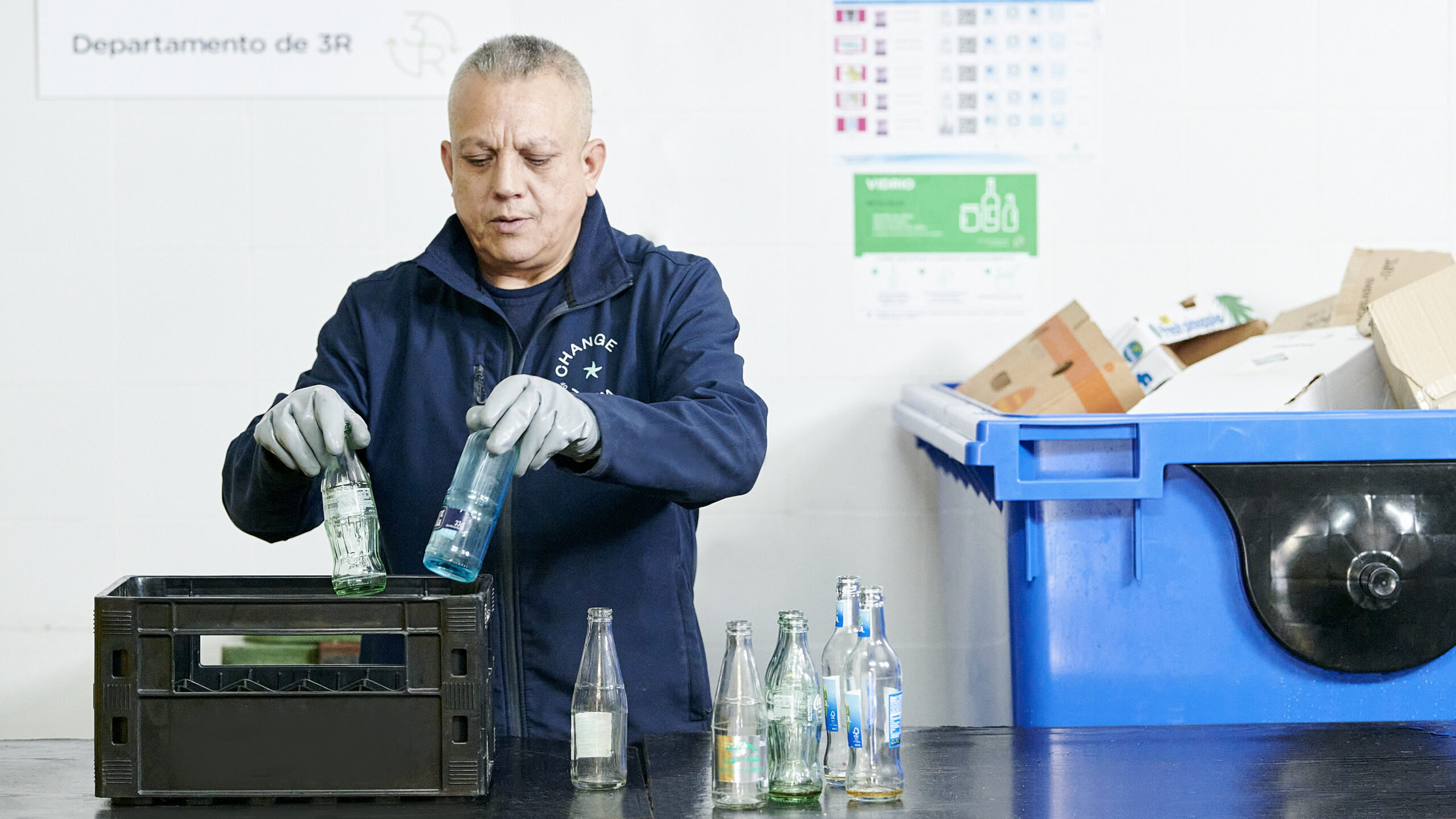In the pursuit of sustainability, the hotel industry faces numerous challenges when implementing circular economy practices. From waste management to energy consumption and food waste, hotels encounter obstacles unique to their operations. Here, we explore the challenges of reducing waste.

Managing Waste outside the Hotel
The lack of waste management infrastructure presents a significant challenge in effectively addressing waste disposal. Destinations face numerous obstacles in waste collection, sorting, and disposal, contributing to environmental pollution. This issue is particularly troublesome for materials that are not easily recyclable. Additionally, the absence of a robust waste management system makes it difficult to implement recycling and composting initiatives, challenging progress in waste reduction.
To address this challenge, it is essential to first understand the waste we generate and then find solutions not only to eliminate, reduce, or repurpose it but also to rethink our operations and purchasing practices. By doing so, we can eliminate the concept of waste before it enters the value chain.
The Importance of Tracing Waste
The role that adequate waste management plays is often overlooked. However, the repercussions of poor waste handling extend beyond economic implications, affecting both our environment and health. Proper segregation ensures that different types of waste are disposed of or recycled appropriately, reducing the amount of non-recyclable waste and contributing to a more sustainable future.
We are guiding actions to improve waste management practices in hotels, including departmental audits. These audits entail evaluating materials initially deemed as waste to determine their suitability for alternative uses. We begin by analyzing 3% of the total waste generated to ensure proper management practices. Subsequently, 1% of the material categorized as actual waste, typically encompassing items such as paper, diapers, sanitary pads, and contaminated packaging, undergoes detailed analysis. This enables us to identify waste composition and implement measures aimed at reducing or eliminating it in the future. Through these audits, we’ve uncovered that a significant portion—between 40% and 50%—of discarded materials can actually be repurposed.

Broadening our Approach to Waste Reduction
Our strategy encompasses two main goals: firstly, to reduce the amount of waste sent to landfill, and secondly, to optimize business operations to be more efficient overall, minimizing waste generation at its source.
To achieve this, we are evaluating and improving procurement practices. The complexity of this endeavor stems from the distinct nature of each destination, characterized by varying local regulations, supplier dynamics, and other contextual factors. Thus, a one-size-fits-all approach isn’t viable. Instead, we must tailor solutions to suit specific circumstances, seeking alternatives that are adapted to local conditions.
Therefore, we are collaborating closely with the operations and purchasing departments to explore alternatives. One of these initiatives involves partnering with local suppliers to source products packaged in more environmentally friendly materials such as biodegradable or recyclable plastics. This not only minimizes the amount of non-recyclable waste generated but also promotes circularity by supporting the use of sustainable materials that can be reused. Similarly, we are working towards shifting to larger packaging options as a means to minimize overall packaging waste. By opting for bulk packaging or larger containers, we can reduce the amount of packaging material required per unit of product, leading to less waste generated overall.
In conclusion, navigating the challenges of implementing circular economy practices in hotel operations requires a holistic approach to waste management. Only through rethinking the concept of waste and involving closely internal and external stakeholders across the value chain is it possible to address waste and foster circularity.






